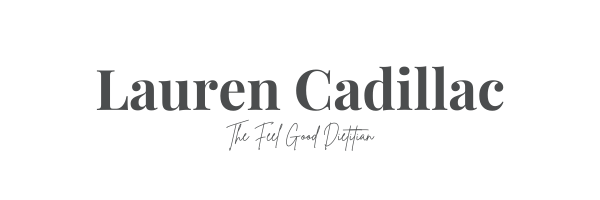Are Some Professions More at Risk for Eating Disorders?
/Photo by Ilona Panych on Unsplash
There is a group of professions that emphasize a certain body ideal. Research shows that athletes for example are at higher risk for developing eating disorders. Especially those in sports such as gymnastics, wrestling, or bodybuilding, where a certain body type is perceived as “ideal”. However, athletes are not the only at-risk profession.
Models or dancers share the same risk factors, even if they are presenting in slightly different ways. This is not surprising as both dancers and models spend a lot of time looking at their own bodies. They also start their careers early and are very susceptible to opinions of those around them. One study for example found that dancers had a three-time higher risk for suffering from some sort of disordered eating. This could be partially attributed to a high degree of perfectionism and discipline which is also high among professional dancers. Those personality traits are often associated with a high risk for eating disorders. Nevertheless, the environment young dancers find themselves in surely enforces unhealthy eating behaviors.
The same is true for fashion models, who suffer from a disordered relationship with food for multiple reasons. Unfortunately there is not a lot of research being done on fashion models and eating disorders, however some smaller studies are consistently finding a link between the profession and the risk for EDs. Models do have a lower BMI than the general population and it is often well below the “normal” range. This might not be attributable to just genetics.
The reason behind this is simple: models are often pressured to restrict their eating as a means to control their weight. Food is given a moral value and dieting is glorified within the fashion industry. Many models report being pressured into diets by their agents from an early age. Modeling is a career that starts early. Some models are scouted as young as 13 years old and the average model starts their career at 15 or 16. At this age, women are very susceptible to the influence of others and have a desire to be liked. If an unhealthy relationship with food starts developing this early, it might be hard to change it later in life.
When a young female’s body becomes a work tool it is hard to resist the pressure to slim down. Often, agents are recommending diets that are not age-appropriate and restrict nutrients needed for proper development. Internalizing the belief that they will only be successful if they are extremely slim, young women can develop very unhealthy behaviors. While the fashion industry often claims that there is a change, there still is a large emphasis on how models look. This fuels the obsession with the body and how it looks. An unhealthy occupation with the body in general will lead to unhealthy behaviors.
Between 1959 and 1999 there was a dramatic increase in full body images of women in the media. In the same time, the size of the models decreased. This shows how much we as a society have changed in the expectations we have towards young females. While it certainly is triggering to look at photos of slim women, the slim women themselves suffer from the pressure they are under. And many are still being photoshopped in the final picture despite trying hard to fit into the industry’s idea of perfect. This puts them into a vicious cycle that almost seems to have no end.
Being among the professions that emphasize a certain body type can be challenging for young people, who feel the pressure to be successful and liked. Using food to control one’s life is the only way some people know how to deal with stressful situations. This is why I teach intuitive eating, which helps clients stop restricting and discover what their body truly needs. If you are struggling with body image issues and disordered eating, check out the other resources on this site or click here to apply for 1-on-1 coaching!
Researched and written by Paula Szwedowski specifically for www.LaurenCadillac.com/CadillacKitchen


